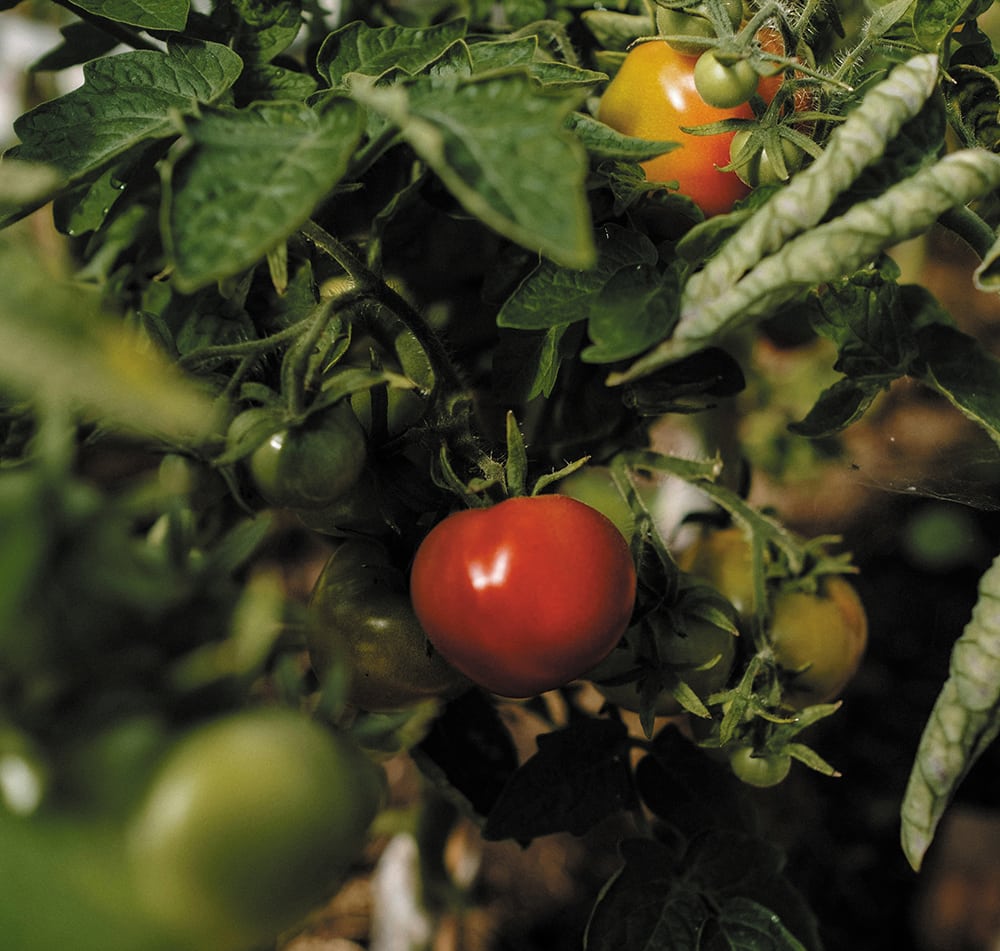As Southern Californians, we’re lucky to live in one of the best climates in the country for growing vegetables, thanks to our mild winters and warm summers.
But if you’ve ever tried and failed to grow a garden here, that may be hard to believe. One of the most difficult lessons to learn in vegetable gardening is that sticking plants in the ground and hoping nature does the rest does not work, and there are numerous steps you need to take before planting. I’ve learned this lesson myself — and many others — so you don’t have to. If you’re ready to take advantage of all our climate offers this spring, here’s how to prepare your garden for veggies.
Let the Sunshine In
The first step in growing a successful vegetable garden is choosing the right planting site. Vegetables cannot grow in full shade and generally prefer at least six hours of sunlight a day, with certain plants like tomatoes needing more.
When choosing a site for your garden — whether you’re planting in pots or in the ground — make sure the location gets enough light by observing your yard or patio for a day, noting how many hours of sunlight it gets at different times. If you don’t have a spot with at least six hours of sun, consider planting vegetables that can tolerate some shade, like lettuce or spinach.
Wherever you decide to plant, make sure that the garden is located next to a convenient water source, like a hose, and that it’s not built in an area where water pools when it rains.
Know Your Soil
A good gardener grows plants, but a great gardener grows soil. A healthy soil is comprised of minerals, air, water, and ample amounts of organic matter (such as decomposed plants). If you live in San Pedro, you likely have clay soil, which is full of minerals but lacks air pockets and organic matter.
At the start of every gardening season, but especially before your first garden, it’s important to test your soil before planting to understand the soil type you have and the nutrients it contains. You can buy an at-home soil test kit for this, but I prefer to send mine off to a lab for deeper analysis.
A lab test will not only tell you if your soil is deficient in essential nutrients like nitrogen, but you’ll also learn whether it contains lead or other harmful substances, which vegetables can absorb.
Don’t Skip Compost
After you understand your soil, it’s time to prepare the bed for planting. Start by clearing the site of debris, such as rocks and weeds, and remove sod if you’re planting in a lawn.
Once the area is clear, loosen the soil by driving a garden fork as far as it will go into the bare dirt and rocking it back and forth across the whole bed. Then, add compost — and don’t ignore this step. Though the amount of compost will vary depending on your soil test results, a good rule of thumb is to add a three-inch layer to the soil surface of a new bed. Use a shovel to mix it thoroughly into the top foot of freshly loosened soil and water when you’re done.
And that’s it — you’re ready to plant!
For information on when to plant specific vegetables, check out the “Digital Gardener’s Southern California Vegetable Planting Schedule” online or join LA Compost for a free beginner’s home composting workshop in San Pedro on March 2 at Gaffey Nature Center (721 W. Summerland Ave.) at 9 a.m. Visit lacitysan.org/compostworkshops for more info.
Whatever you choose, start small — and have fun gardening! spt






Comments